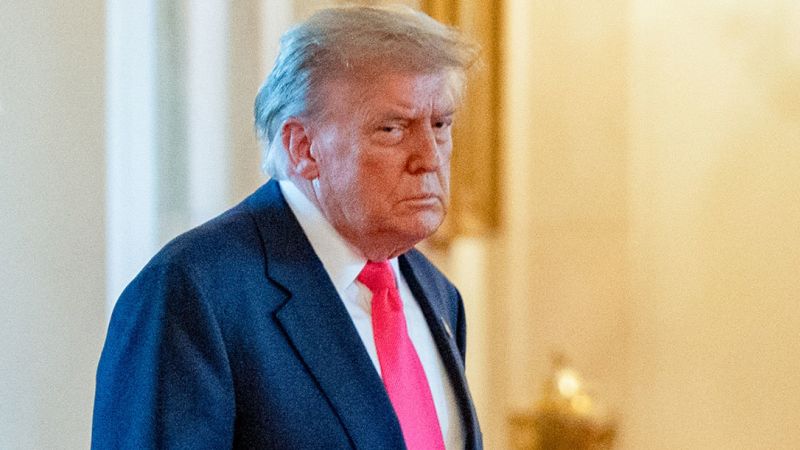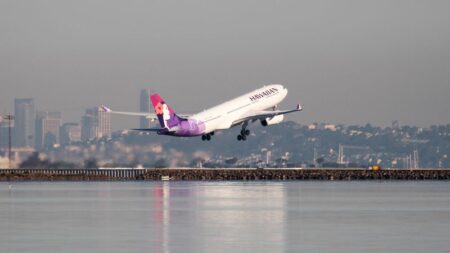In a significant turn of events, former President Donald Trump has intensified his confrontational approach toward media outlets regarding the U.S. airstrikes in Iran. This involves a legal maneuver executed by his attorney, who has issued official letters demanding that CNN and The New York Times retract accurate reports related to the airstrikes. These developments underscore an ongoing struggle between the Trump administration and major news organizations, reflecting not merely a clash of perspectives but a profound contention over the fundamental principles of press freedom and governmental accountability.
On a notable Thursday evening, representatives from CNN confirmed that they would not comply with the demands outlined in Trump’s legal letters. The network maintained its stance by affirming that its reporting was truthful and that no retraction was necessary. This was echoed by The New York Times, which openly declared its commitment to truth-telling when it stated, “No retraction is needed. No apology will be forthcoming. We told the truth to the best of our ability. We will continue to do so.” Such responses indicate a strong rejection of efforts to undermine journalistic integrity, emphasizing the media’s role in providing accurate information to the public.
Trump’s history of engaging in litigation is well-documented. Throughout his business career and political tenure, he has often threatened legal action against various entities, although many of these threats did not materialize into substantial lawsuits. Over the past year, he has escalated his legal strategies, particularly against prominent media outlets like CBS, causing First Amendment advocates to voice serious concerns about his attempts to utilize legal threats as a means to intimidate and hinder press operations.
The recent legal correspondence from Alejandro Brito, Trump’s personal attorney, claimed that news stories published on June 24 by CNN and The New York Times contained false and defamatory content. The articles cited an early intelligence assessment that contradicted Trump’s assertions regarding the efficacy of the airstrikes on Iran’s nuclear capabilities. While Trump claimed that Iran’s nuclear enrichment sites were “completely and totally obliterated,” the intelligence community assessed the outcomes with considerably less confidence, leading to accusations that the report was leaked in order to undermine the president’s public statements.
In response to this situation, various administration officials have taken a definitive stance, pledging to investigate the leaks that revealed this intelligence assessment. Trump himself has gone so far as to insist that any individuals responsible for leaking sensitive information “should be prosecuted,” indicating a serious commitment to rooting out perceived disloyalty within the ranks of his administration.
In his criticism, Trump resorted to targeting journalists, including those at CNN. Specifically, on one occasion, he called for the dismissal of CNN reporter Natasha Bertrand, who contributed to the original reporting. In response, CNN reaffirmed its support for Bertrand, stating, “we stand 100% behind Natasha Bertrand’s journalism and specifically her and her colleagues’ reporting,” highlighting the network’s solidarity amid external pressures.
Both CNN and The New York Times have underscored the public’s right to know concerning significant government actions funded by taxpayer money, such as military operations. David E. McCraw, a senior lawyer for The New York Times, articulated the ethical responsibility of news organizations to report such critical information, underscoring the necessity for transparency in governance. He argued, “The American public has a right to know whether the attack on Iran … was a success,” bringing to the forefront the essential role of fair and accurate journalism in a democratic society.
Thus, the ongoing legal spat not only highlights Trump’s contentious relationship with the media but also raises critical issues about the safeguarding of press freedoms and the public’s right to information. The responses from CNN and The New York Times suggest a firm commitment to their journalistic responsibilities, even in the face of direct pressure from powerful political figures. This instance serves as a poignant reminder of the crucial balance between governmental authority and the press’s role as a watchdog in a democratic society.











